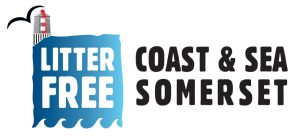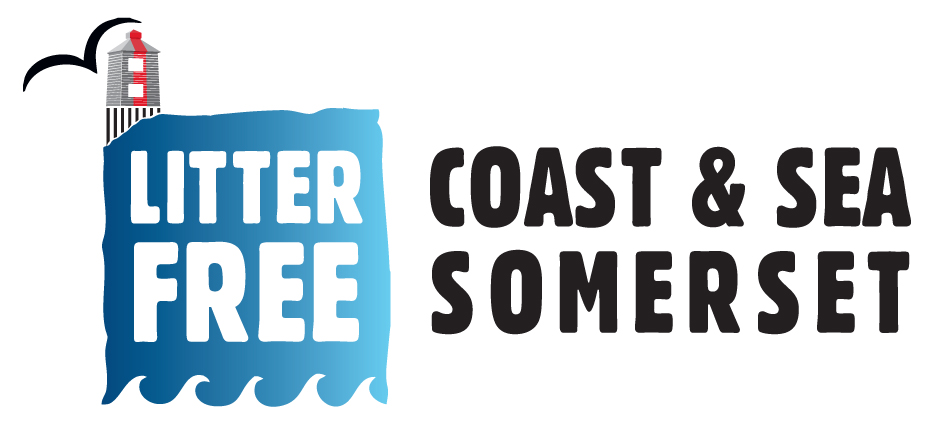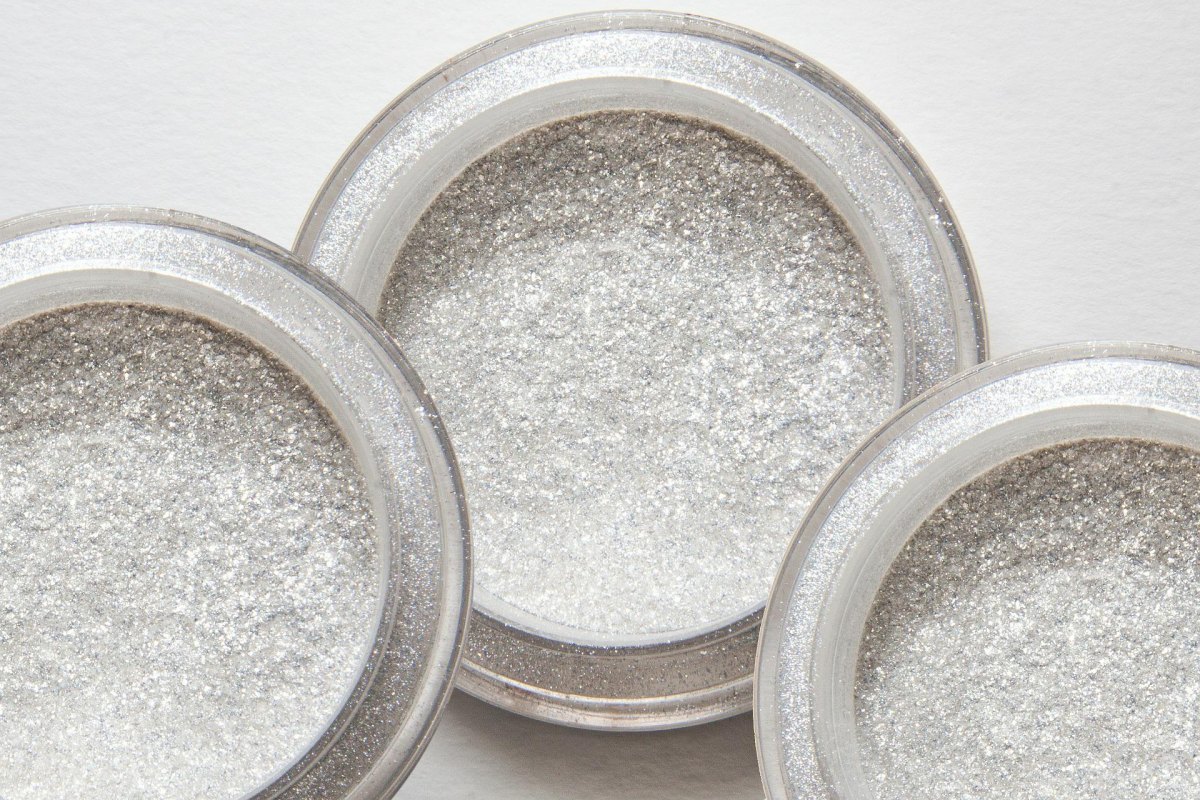Glitter is Litter
Have a look at this information from our sister project, Litter Free Dorset, to find out why you should go #GlitterFree.
What is Glitter?
Glitter is a mixture of polyethylene terephthalate (PET) “plastic”, colouring and a reflective material which is often aluminium.
Glitter is classified as a ‘micro-plastic‘ because it is smaller than 5mm in length.
What is the Issue with Glitter?
It is fair to say to humans are attracted to shiny things. Scientists believe that this is due to our evolutionary adaption to associate sparkling with water.
The problem is that water is good for us, but micro-plastics aren’t!
In marine environments, micro-plastics damage the eco-system and cause growth, health and fertility complications for marine life.
A major concern associated with micro-plastics is that its small size enables the litter to spread easily. So much so, that micro-plastic has been discovered near the summit of Mount Everest!
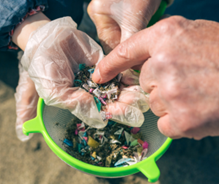
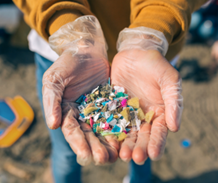
What Items Contain Glitter?
Glitter is found in a wide variety of goods. Examples include:
- Cosmetics
- Arts and Crafts
- Christmas Decorations
- Wrapping Paper
- Greetings Cards
- Home Decor
- Food Decorations
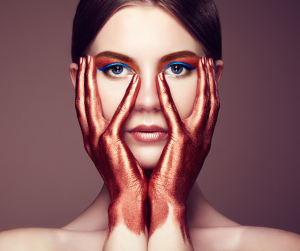
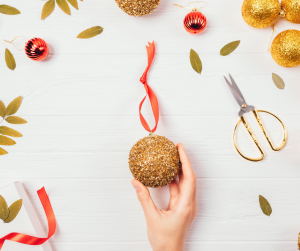
What About Bio-Glitter?
Bio-glitter is commonly used as a ‘guilt-free’ alternative to conventional PET glitter. Bio-glitters’ main ingredient is ‘cellulose’ which is a plant derived compound – typically extracted from eucalyptus trees.
The sale and production of bio-glitter has considerably increased as consumers become aware of the lasting legacy of micro-plastic. However, bio-glitter still contains aluminium and sometimes even a small layer of plastic!
Many bio-glitter companies claim that their products are degradable; however, companies whose glitter contain Polylactic Acid can only degrade in industrial composting machines…This means that it is not really bio-degradable in real life situations. So, it stands true to say that bio-glitter is still litter!
“All types, including ‘so-called’ biodegradable glitter, have a negative effect on primary producers that are the base of the food web”.
Dr Dannielle Green, senior lecturer in biology at Anglia Ruskin University
Our Guide to a Glitter Free Future
We know that making changes to our lifestyles can be a nuisance. However, going #GlitterFree couldn’t be easier.
Here is what we suggest at Litter Free Coast and Sea:
- Buy natural, plastic free products
- Avoid buying bio-glitter
- Educate those around you about micro-plastics
Watch Where you Shop
Many companies are taking the initiative to reduce their environmental impact and are engaging in the removal of glitter and plastic in their products.
- John Lewis and Waitrose: They have announced that there will be no glitter in their own Christmas products
- Aldi: They pledged to remove all non-bio-degradable glitter by their own products by the end of 2020.
- Marks and Spencer: They have been trialling the use of bio-degradable glitter.
- Lush: The company is using plastic free sparkle in their products.
- Morrisons: They have announced that there will be no glitter in their own brand Christmas decorations, and cards and wrapping paper will be glitter-free all year round.
- Asda: They are releasing a ‘sustainable Christmas range’.
- Tesco: They have pledged to use only edible glitter that can bio-degrade ‘more easily’.
- Sainsbury’s: They have removed glitter in their own Christmas range, as well as their non-seasonal cards and wrapping paper.
- Boots: They have stated that they are removing plastic from their Christmas gifts.
Be Part of The Solution to End Glitter Pollution
1. Investigate: When buying products, check to see if they contain glitter or other microplastics.
2. Educate: Don’t be afraid to teach those around you about the impacts of micro-plastics in our oceans and coasts.
3. Mitigate: Our coastline looks beautiful without plastic. Buy natural products and reduce your impact on the world.
